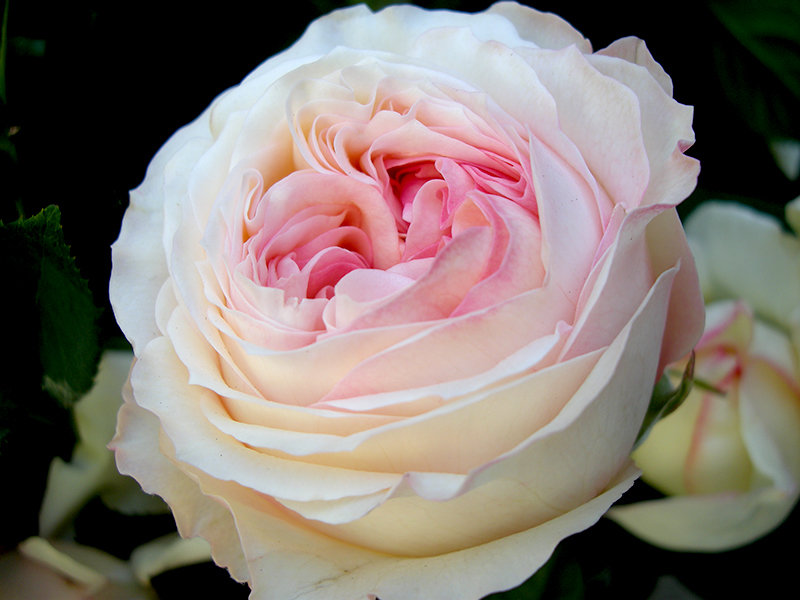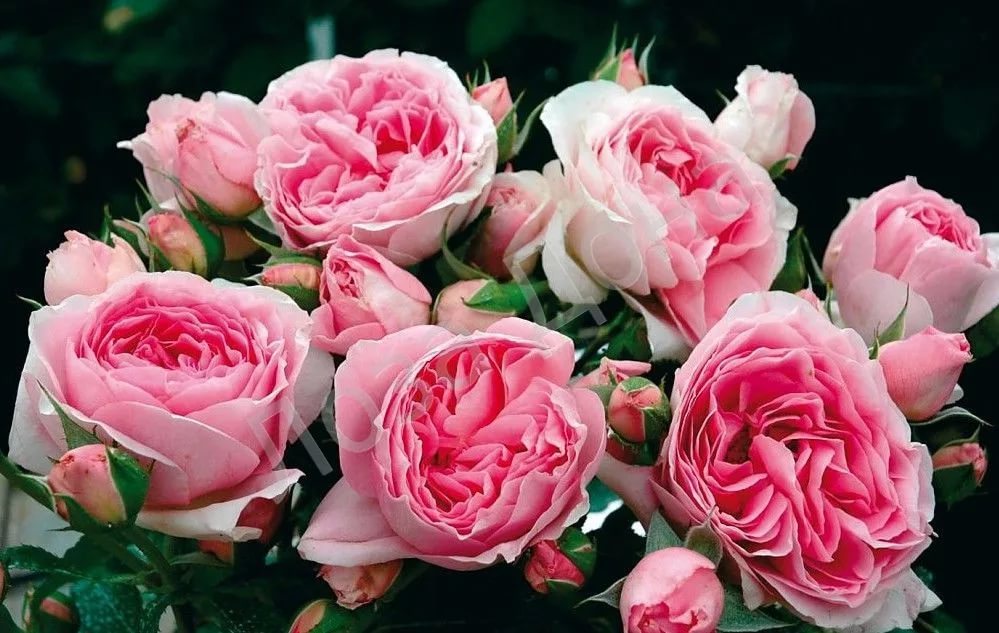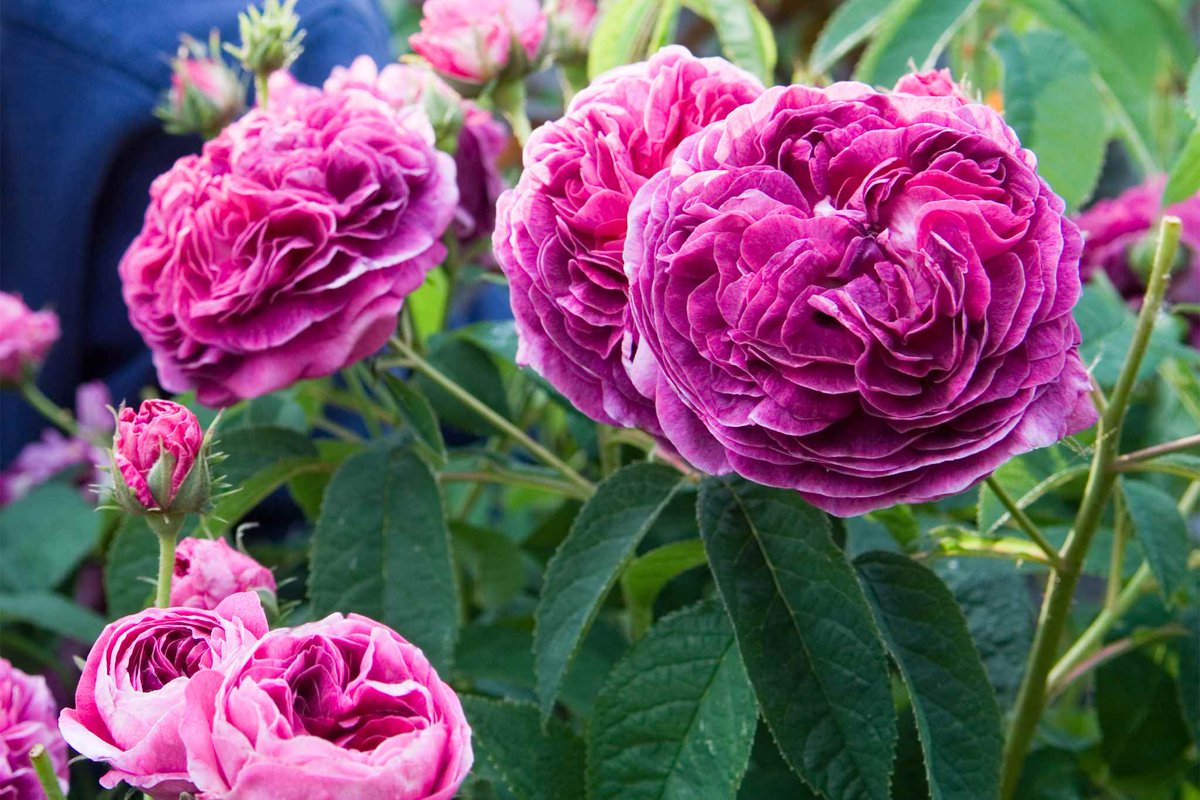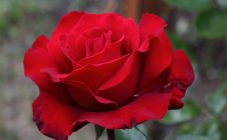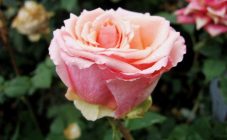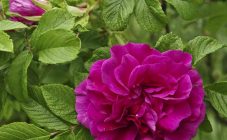Content:
The oldest types of rose bushes are French roses. Their history dates back to many centuries. French roses have another name - Gali. This species originated from the wild rose hips Rosa Galica. It was from this plant that all modern varieties of French roses were bred by selection. Rosa galica gave rise to many ancient varieties in Europe, although, according to many historical sources, the rosehip itself grew in ancient Rome, Persia and Greece. After the fall of Rome, many of the varieties were lost. A hybrid of the Gallic rose (Rosa Gallica Oficinalis) brought Thibault IV Champagne to France, returning from the Crusade in the middle of the 13th century. She was brought to a suburb of Provence, as a result of which she was nicknamed "the rose of Provence". These flowers began to be called French thanks to the Empress Josephine, who loved them very much.
Today, French rose syrup or infusion is used to treat infertility. In their composition, the flowers have a high content of vitamin E, which adds vitality, stimulates the ovaries in girls and improves spermatogenesis in men.
For the purposes of treatment and prevention, flowers and fruits of the French rose are used. This species began to be most popular in perfumery, medicine, obtaining honey, when they began to be bred in France. It was thanks to the French breeders that 1000 varieties were bred, the flowering of which mainly falls at the end of July. Opened buds delight the eye for 11 days.
View characteristic
French rose bushes are small, erect, up to 1.5 m high. They have powerful straight shoots. The deciduous cover is green throughout the year, but turns red in autumn.
French rose flowers are up to 8 cm in diameter and grow in inflorescences up to 5 pcs.
Fruits are round rosettes with a diameter of up to 2 cm and red. They begin to ripen at the end of August. The first fruits of the French rose appear at the age of 6 years.
These varieties of flowers can grow on any type of soil.
French roses can be pollinated by bees, independently and by hand. It depends on the variety chosen.
A few more facts about these roses:
- they are compatible with almost all plants;
- almost all varieties are frost-resistant;
- do not require increased attention.
Characteristics and description of varieties
Below are the most popular French rose varieties:
- Rosa Gallica Officinalis. The bush is small (up to 1 m), the flowers are rounded, pale crimson, have a rich aroma and grow in small inflorescences.
- Rosa Gallica Complicata is distinguished by its stem height (up to 2 m) and large pinkish flowers with white spots. They need support.
- Charles de Mills (Bizarre Triomphant). The flowers of this variety are large, double, have wavy petals, very fragrant, dark red with pink spots. The stem is thin, so the flower must be tied to a support.
- Carfinal ds Richelieu. The height of the bushes is up to 1 m, there are no thorns. Flowers with a rich smell, small. The petals are velvety, with a lilac color. Suitable for a small, cozy garden.
- Scarlet Fire. The occupied area of the flower is quite large. Its bloom fascinates with its beauty.Spreading bushes have shoots curved in the shape of an arc. Their fruits are orange in color. The flowers themselves are large, flat with long golden stamens.
- Rosa Gallica Versicolor (Rosa Mundi) has straight stems up to 90 cm high. The flowers are small, with an unobtrusive aroma, light pink in color with raspberry stripes.
- Tuscany Superb (Old Velvet). The flower has straight stems up to 1 m high. Inflorescences are large with a spicy aroma of red wine color. The flowers are velvety with golden stamens.
- Jardins de France (Jardin de France) - a rose that was bred quite recently. The bushes are dense, up to 125 cm high and up to 1 m wide. The leaves are dark green and have a rare semi-glossy tint. Terry flowers, consist of 20-30 petals of pale pink color and collected in inflorescences from 3 to 8 pcs. With prolonged exposure to sunlight, the Jardin de France rose fade, but this does not diminish the attractiveness of the plant. Despite this, it is hardy, not picky about the soil and resistant to diseases. On its basis, rose France is bred - a hybrid variety.
Features of planting and caring for a French rose
Roses can be planted with the onset of spring or autumn. Step-by-step plan for planting French roses:
- Soak a flower seedling in a bucket of water;
- make a pit with parameters 50 × 50 × 50 cm;
- mix the extracted soil with compost;
- pour a little mixture into the pit;
- shorten very long roots;
- cut aerial shoots so that they are the same in height;
- plant the rose so that the budding is located above the ground at a depth of 3 fingers;
- fill the hole with soil;
- tamp the ground around the seedling so that a watering circle is formed;
- water and sprinkle the seedling before the spring shoots appear;
- place near the foot of the rose with compost or crushed bark.
For planting, the roots of the seedling must be bare and straight.
Caring for a French rose does not require much effort, it is important to observe the following rules:
- in the summer, you need to ensure that the soil is constantly moist (you can water it 2 times a day: in the morning and in the evening, if it is hot);
- before flowering, it is recommended to feed the plant;
- feeding should be stopped not earlier than the beginning of July;
- prune the rose every season;
- you need to remove fallen leaves.
A good place to grow roses is considered a sunny side or a little in the shade, and the area in the sun should be blown. Roses that have dark flowers are recommended to be grown in partial shade.
The rose shoots should be cut diagonally above the upper outer bud. The best time for the procedure is spring. Frostbite, ingrown and overlapping shoots are removed.
The main diseases, pests and ways to control them
The main diseases of French roses include:
- Mealy rose. For treatment, you need to spray the bush with a 2.5% solution of copper and soap (0.5 kg of vitriol, 1 kg of soap per 10 liters of water), 2-3% solution of Bordeaux liquid, 30% iron vitriol, nettle decoction. You need to process the bush on the same day as the solution was prepared.
- Black spot. All diseased areas should be removed and burned. Spray the bush with 1% Bordeaux liquid or copper-soapy solution, 0.1% foundation and nettle or horsetail decoction.
- Rust. First, you should cut off all diseased parts of the plant. During the summer season, periodically spray with a 2% solution of Bordeaux liquid and soap-copper solution, nettle or wormwood broth.
- Gray rot. To prevent the manifestation of the disease, in a rainy season, the bush needs to be fed with fertilizers that contain manganese.
The most common pests of roses and how to deal with them:
- Spider mite. After its appearance, you need to remove the fallen leaves and burn it. Treat the bush three times with an interval of 5 days to a week with an insecticide of systemic and contact action.
- Green rose aphid. Insecticides (aktara, actellik), soap solution, tincture of tobacco, decoction of garlic or pepper will also help here. You need to process 2-3 times a season with a break for 3 days.
- Rose leaflet. To eliminate it, you need to collect all the caterpillars and destroy, then treat the bush with garlic or onion broth. Bacterial preparations will also help.
- Pink scale insect. You can remove these pests with the help of actara, fufanon, soap-garlic or soap-kerosene infusion. You need to process it three times a season with a break of 7-10 days.
- Medvedka. Only preventive measures will help here: plow the soil in early spring and autumn, and deeply loosen the soil during the growing season. In a dry period, water the soil with infusion of chicken droppings. You can also plant marigolds along the border of the site, since their smell scares off the pest.
There is nothing difficult in growing French roses. The main thing is to choose a variety suitable for the region, plant it correctly and provide decent care. As a result, rose bushes will reward with abundant and lush flowering.
